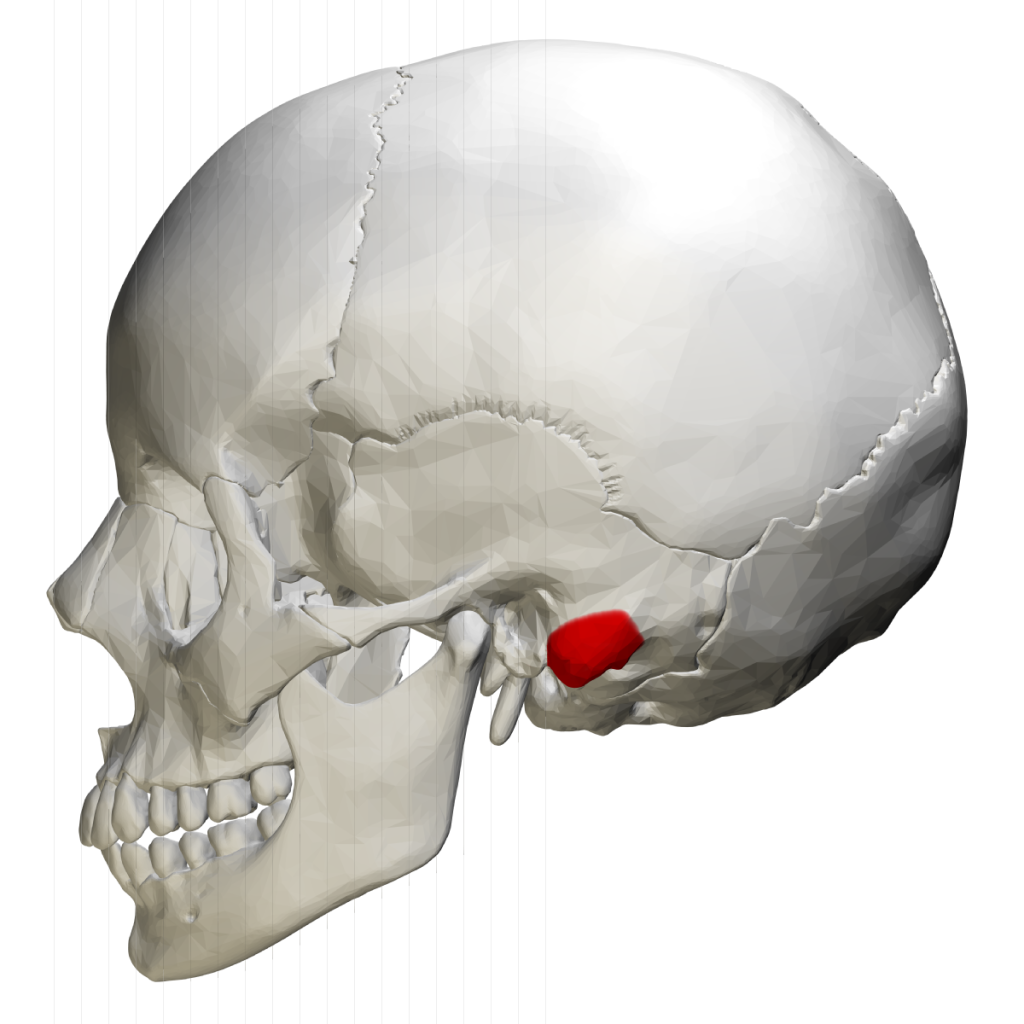Chapter 10: Central Auditory Processing and Hearing Loss
10.6. Conductive Hearing Loss
Deaf Culture
In the United States and other places around the world, deaf people have their own culture, defined by specific language(s), schools, and customs. In the United States, deaf and hard of hearing individuals often communicate using American Sign Language (ASL); ASL has no verbal component and is based entirely on visual signs, facial expressions, and gestures. Deaf culture particularly values using sign language and creating community among the deaf and hard of hearing. Deaf culture highlights that children who are hard of hearing or deaf often feel isolated, stigmatized and lonely in mainstream education. In contrast, being educated within a school for the deaf fosters a greater sense of belonging (Cripps, 2023). Some members of the deaf community strongly object to the use of cochlear implants and learning how to lip read, arguing that this approach treats deafness as a medical problem that needs to be cured rather than a treasured cultural identity (Cooper, 2019). When a child is diagnosed as deaf or hard of hearing, parents have difficult decisions to make. They have to decide whether to enroll their child in mainstream schools and teach them to verbalize and read lips or send them to a school for deaf children to learn ASL and have significant exposure to deaf culture? How would you feel if you were to face this situation?
Hearing Loss
There are two main types of hearing loss; conductive and sensorineural. The most obvious effect of hearing loss is that you can’t hear quiet sounds, but hearing loss is more complicated than that! People with hearing loss have more difficulty understanding speech in noise (can’t “hear out” the words). Different frequencies are typically affected differently and dynamic range is compressed (“loudness recruitment”), which means people with hearing loss have a hard time enjoying music. With conductive hearing loss, hearing problems are associated with a failure in transmission of sound to the inner hair cells. It can be caused by damage to mechanical structures of the outer ear (e.g., extraordinary wax build-up or over-production of skin; both of these are uncommon) or the middle ear (e.g., ruptured tympanic membrane which produces 30-40dB loss; fluid due to infection; damaged, missing, or ossified ossicles). Many people suffer from conductive hearing loss because of age, genetic predisposition, or environmental effects. These problems are often dealt with through devices like hearing aids that amplify incoming sound waves to make vibration of the eardrum and movement of the ossicles more likely to occur. Conductive hearing loss is less common but more likely to be fixable than sensorineural hearing loss.
Conductive hearing loss can be distinguished from sensorineural hearing loss by measuring hearing through bone conduction: you put a speaker against the mastoid bone behind the ear (Figure 10.13), and if hearing through bone is normal, or there’s an “air-bone gap” (hearing is better through bone than air), then at least part of the loss is conductive.

References:
Cripps, J. (2023). What is deaf culture? https://deafculturecentre.ca/what-is-deaf-culture/
Cooper A. (2019). Hear Me Out: Hearing each other for the first time: The implications of cochlear implant activation. Missouri Medicine, 116(6), 469–471.
CC LICENSED CONTENT, SHARED PREVIOUSLY
OpenStax, Psychology Chapter 5.4 Hearing
Provided by: Rice University.
Download for free at http://cnx.org/contents/4abf04bf-93a0-45c3-9cbc-2cefd46e68cc@5.103.
License: CC-BY 4.0
Cheryl Olman PSY 3031 Detailed Outline
Provided by: University of Minnesota
Download for free at http://vision.psych.umn.edu/users/caolman/courses/PSY3031/
License of original source: CC Attribution 4.0
Grose-Fifer, J., Spielman, R. M., Dumper, K., Jenkins, W., Lacombe, A., Lovett, M., & Perlmutter, M. (2021). Introduction to Psychology (A critical approach). CUNY Pressbooks. https://pressbooks.cuny.edu/jjcpsy101/
